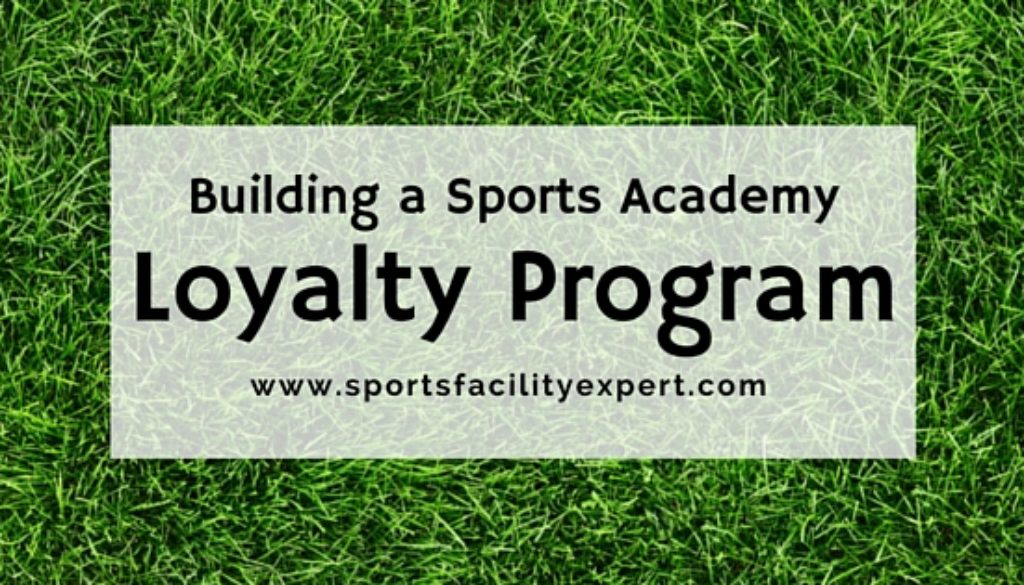Boost Retention and Sales With a Sports Academy Loyalty Program
When we make our marketing plans, our first instinct is to focus on getting new, potential clients in the door. That’s because we trust that the value of our services will sell itself again and again once we’ve made that first impression.
But if we don’t make an extra effort to keep existing clients, customer turnover becomes a serious threat. The competition around us is constantly changing. Our clients always have other options to spend their time and money.
A good loyalty program is one way to keep our most valuable clients happy and spending money at our business instead of at our competitors’.
How to Identify Your Loyal Clients
In the past, your loyalty program may have consisted of a simple punch card. For example, buy 9 cage rentals and get the 10th free.
Thankfully, technology has given us many more effective options.
The best way to reward loyal clients is to focus on total money spent at your facility – including retail and concessions, if possible. These are the clients who are truly the most important to your bottom line.
Any scheduling software or accounting program should let you run and sort a report with your clients’ spending data. (Of course that includes eSoft Planner, the scheduling software my company developed for sports facilities.)
How to Structure your Sports Academy Loyalty Program
Spending your marketing dollars to reward customer loyalty is one of the most affordable ways to boost revenue.
That’s because you’re giving discounts to customers who have already proven that they’re valuable and a good fit for your business. Discounts given to attract brand new clients aren’t as likely to result in their return to buy at full price. Also, money spent on general visibility (a billboard or a magazine ad, for example) may not bring in any new sales at all.
What to Consider
You have a lot of flexibility when it comes to the details of your loyalty program. Think about which specific groups and behaviors you want to reward in order to develop incentives.
Rewards – Possible rewards include facility-wide discounts, discounts on specific categories of products or services, periodic gift cards or store credit, access to priority scheduling, and access to special events just for loyal customers. I used eSoft Planner to create a VIP customer group that got 10% off every single service I offered.
Thresholds – Next, you’ll have to decide how much a client or a family must spend to qualify for their rewards. One way to do this is to figure out what your average client spends. Then, use that figure to calculate what a client needs to spend to beat the average or to get into the top 10%. Make those the thresholds.
Timing – Will your rewards expire or start over periodically? For example, you could give a $10 store credit for all your top 10% spenders every month and start over for the next month, or keep points accruing throughout the year or even indefinitely. Keep in mind that you might want to change or add new rewards groups as your business grows.
Automation – Your rewards program will only make money if it’s low maintenance. For example, if your staff has to manually calculate discounts every time a client checks out, it won’t be worth the headaches. If your scheduling software doesn’t automatically apply rewards and discounts for your VIP clients (like eSoft Planner does), it might be better to sit down once a month to run the numbers and send gift cards, event invites or other one-time perks to those who qualify.
Good luck creating your loyalty program. Remember to use it as a selling tool for new clients once it’s up and running.
For More Information
If you’re interested in seeing eSoft Planner scheduling software, click here and fill out this form. I or one of my employees will contact you. eSoft Planner helps you contact your clients quickly and easily, run reports on how much they’ve spent, and put them in groups that get priority spending and custom discounts automatically based on their membership purchases or overall spending. You can also manually add store credit to any client account – that they can use for any purchase, scheduling or retail.



